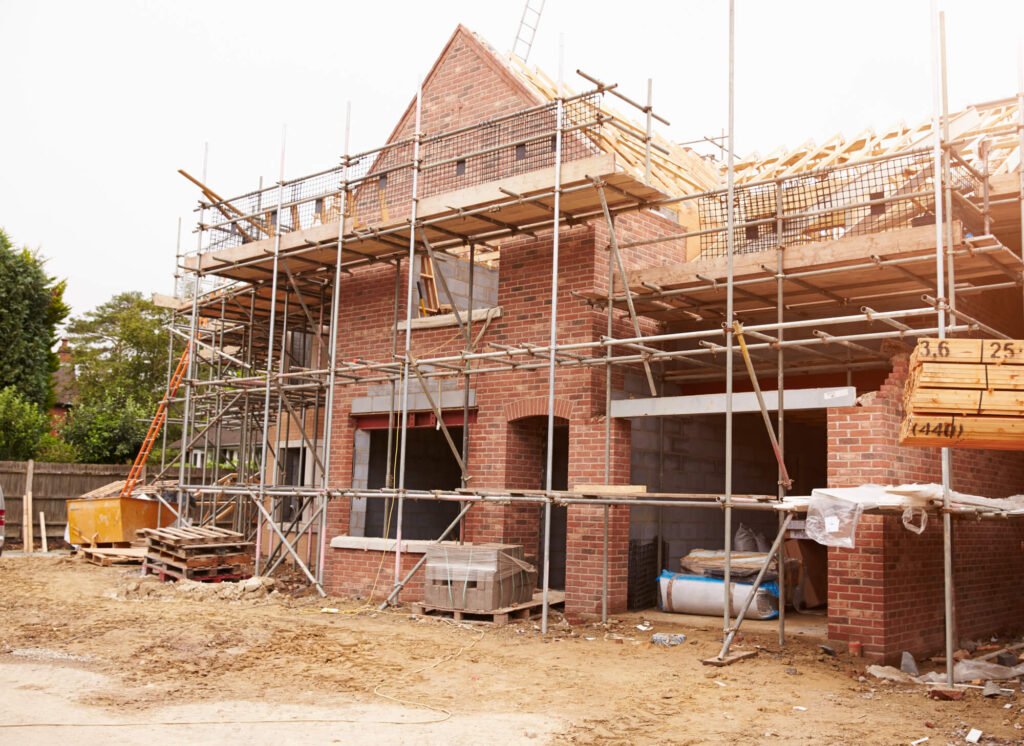According to the Work At Height regulations, 2005, handrails, also known as guardrails, should be installed if you’re working on scaffolding that’s more than 2m above the ground because it’s crucial for edge protection. For some tasks like window installation or cladding, the handrails may make it challenging hence the need for the edge protection to be removed for a limited time so that the work can be carried out effectively and efficiently. Here are several scaffold handrail requirements you should know about.

Scaffold handrail height
The minimum height of the handrail on the scaffold is 950mm from the working platform. It’s also a requirement that the distance between the handrail and the toeboard shouldn’t exceed 450mm. There should also be a mid-rail installed to prevent workers from falling over.
When are guardrails required on scaffolding
Guardrails are required on scaffolding when working at the height of more than 2m from the ground. When working on scaffolding, there’s the risk of falling, and handrails are a crucial component because they prevent workers from falling over.
A guardrail should be installed on all open sides of the scaffolding for efficient edge protection. It’s advisable to include mid-rails between the working platform and the handrail to prevent the workers from falling.
Toeboards are also crucial to prevent slipping or tools and equipment from dropping. It’s pretty dangerous for other people underneath the scaffolding should any tools or equipment fall over.
Who can remove scaffold guardrails
Only a trained and competent person is allowed to remove scaffold guardrails. According to the HSE, only competent and authorised people can make any alterations or modifications like removing the guardrail on scaffolding. They need to ensure adherence to the safety guidelines and that the removal of the handrails won’t compromise scaffold safety in any way.
Removing the guardrails should be done carefully to avoid any injuries or accidents. A quick assessment should be done to determine potential risks while the job is underway. With this assessment, any risks can be identified, and necessary control measures can be implemented to eliminate or minimise them.

Scaffold guardrail regulations
There are several scaffold guardrail requirements according to the Work At Height regulations 2005 that should be adhered to. They include the following:
The first requirement is that guardrails should be installed if the platform is at least two metres above the lower level unless it isn’t practical to do so.
The regulations also require that handrails be installed on all open scaffolding sides to avoid accidents. Handrails should be installed at least 950mm from the work platform and they should be able to support at least 0.74 kilonewtons per linear metre.
Competent persons should only do scaffold repairs, erection and dismantling. This includes installing and removing the guardrails. A qualified person can assess any risks and recommend the safety precautions to be taken in compliance with the industry standards..
Guardrails are an essential component when working at height, and they should be installed and managed by a skilled and qualified person. Considering the handrails might need to be removed while undertaking some tasks, it’s advisable to work with a competent person who will ensure that the risks are thoroughly assessed and mitigated.